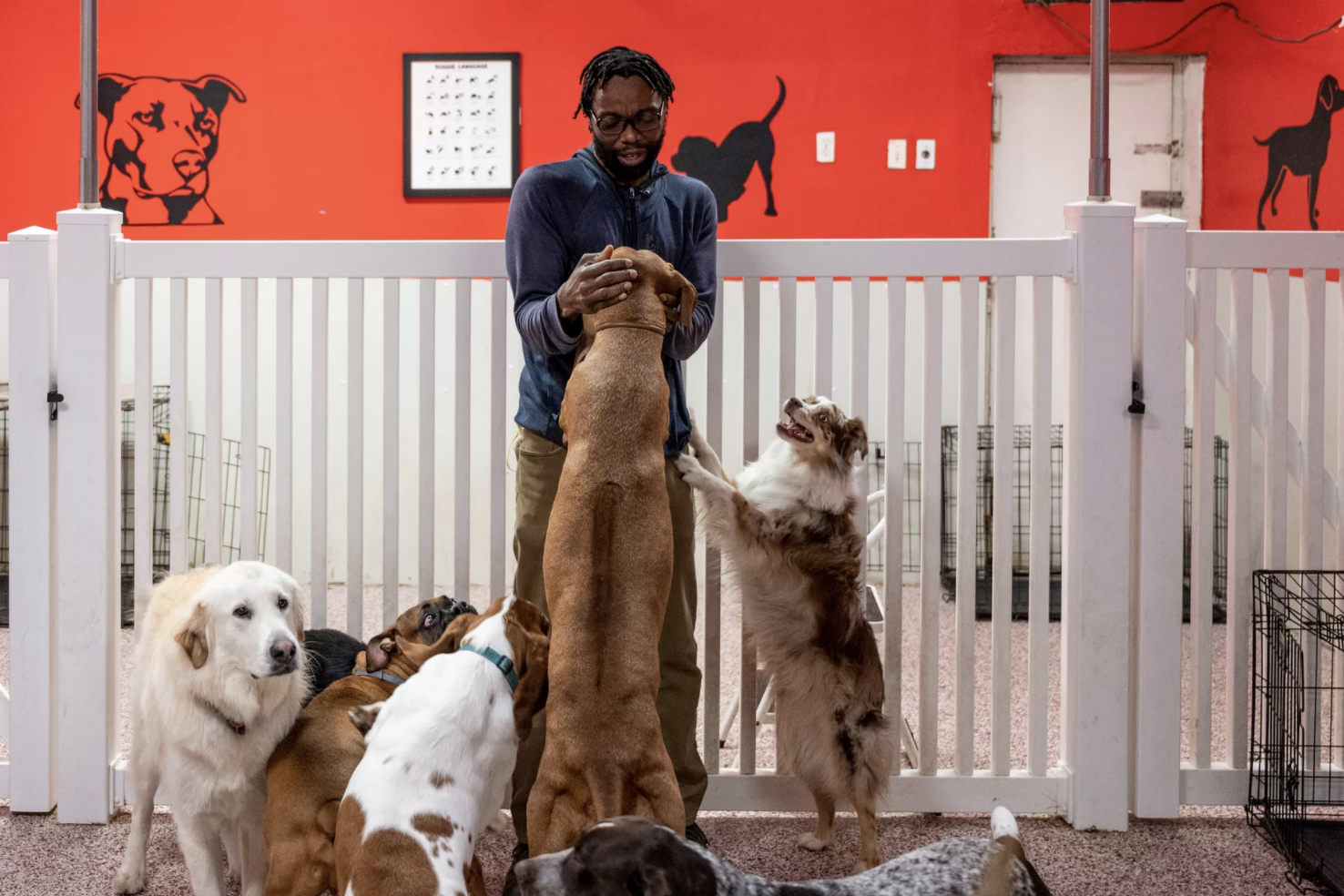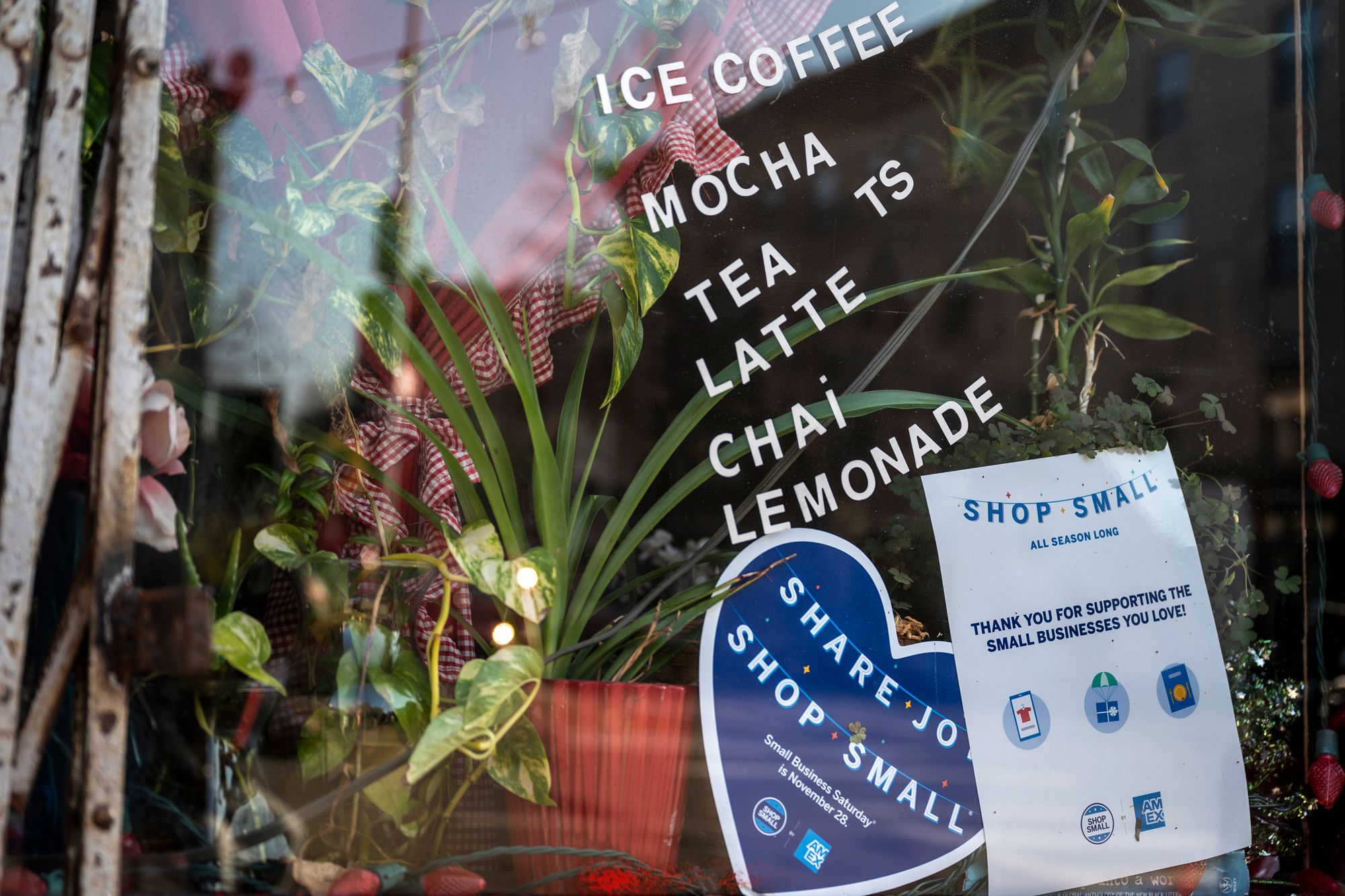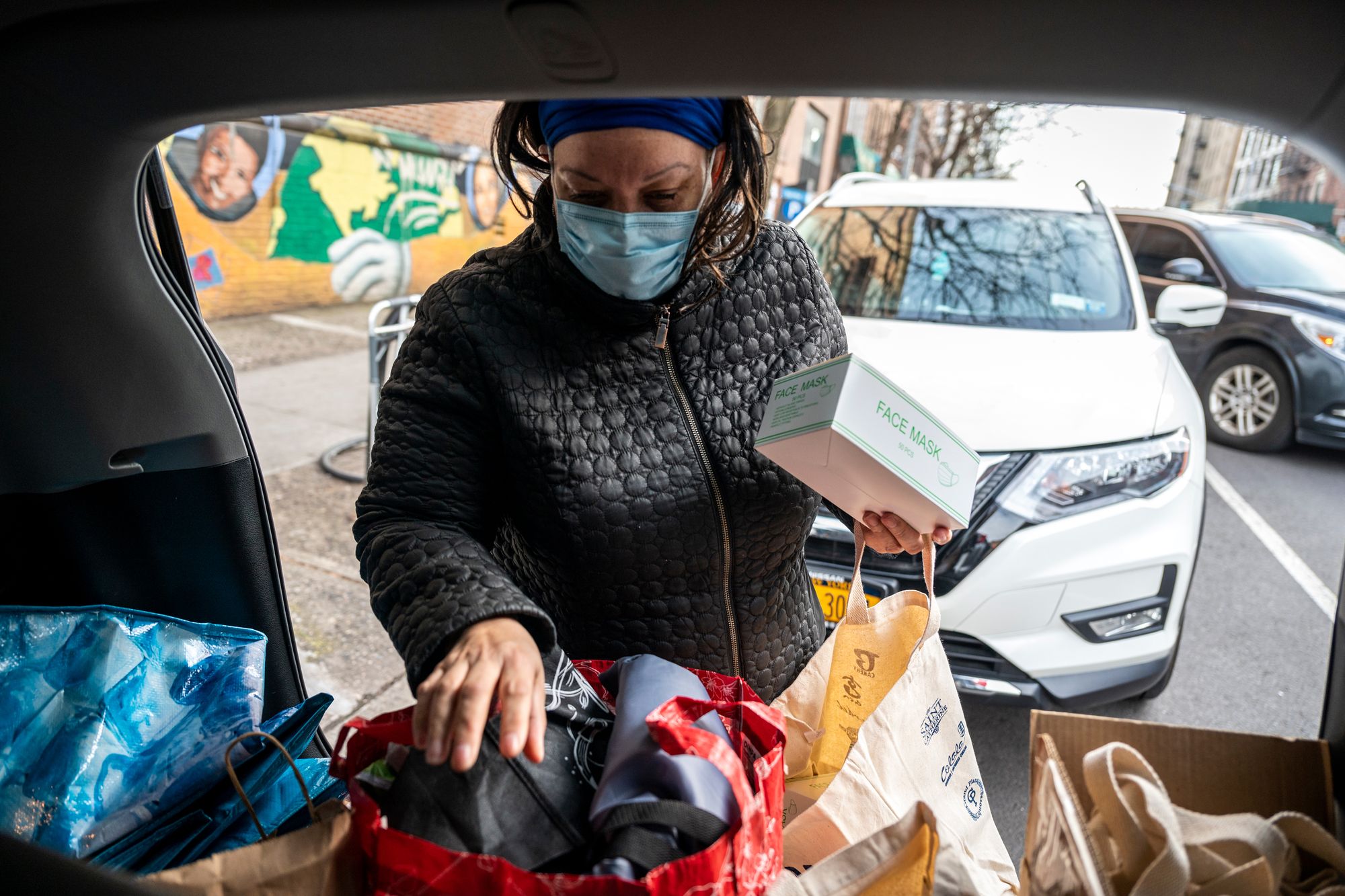How NYC Small Businesses Got Short Shrift on PPP Loans


By Ann Choi, THE CITY. This article was originally published by THE CITY

In May, Eusebio Jerez tried three times to apply for a Paycheck Protection Program loan with his business bank, but gave up after he didn’t hear back.
The owner of Jerez Jewelry, in Corona, Queens, typically employs five people, and needed the cash to pay their salaries during the pandemic.
“For some people, it was very easy,” Jerez said. “But for us, it was never possible to get in touch with anyone who was willing to help.”
Jerez is not alone.
A little over half of New York City microbusinesses — those with fewer than 10 employees — received loans under the Paycheck Protection Program, according to THE CITY’s analysis of federal data newly released under court order and U.S. Census Bureau data. And some neighborhoods fared better than others, like Corona, where loan rates lagged, the analysis found.
The loans, part of a $659 billion national effort, were intended to ensure workers remained employed as businesses curtailed or suspended operations after COVID struck earlier this year. The loans would turn into grants if the money paid for qualifying expenses such as employees’ salaries, mortgage, rent and utilities.
Nearly two-thirds of the loans made in New York City went to around 100,000 microbusinesses that cumulatively employ 291,000 workers. Because the operations are small, so were their loans — representing 16% of the $19 billion that went to all New York City businesses, covering 1.5 million workers in all.
Owners of small restaurants, shops, grooming businesses and more say they got shortchanged by PPP. And the stakes for some owners have been raised again with Gov. Andrew Cuomo’s announcement last week ending indoor dining as of Monday.
Microbusiness owners are calling for another PPP round — where loans would be easier to secure.
“There’s a need for relief this winter before the vaccine arrives,” said Sam Goetz, an owner of Judy’s, a coffee shop and bar in Sunset Park.
‘It Was Confusing’
Microbusinesses are the most common type of business in New York City and in the nation, according to the U.S. Census Bureau and Small Business Administration.
Yet owners say they were in a poor position to deal with a Byzantine application process that often required assistance from accountants and lawyers, unhelpful large banks and program rules that initially prioritized larger loans.
“It was confusing,” said Katrine Pollari, the owner of Olivino Wine in Clinton Hill. “And I have a college degree.”
Now with COVID-19 infections and hospitalizations rising in New York and across the country, the specter of additional restrictions on businesses in an already slowed economy looms. Hopes rest heavily on a new pandemic aid package being negotiated in Washington.
There’s growing pressure, in whatever aid agreement emerges, to earmark funds for the nation’s smallest business.

“Without deliberate action from Congress, large companies will continue to dominate, while small firms are left behind,” Brooklyn Rep. Nydia Velazquez told Politico last week.
In the Heroes Act, which passed the House in the early fall but was stalled in the Senate, Velazquez was able to include a set-aside of 25% of funds for businesses with 10 or fewer employees.
A group of small business advocacy organizations, including Accountable.US, Main Street Alliance and the Center for Responsible Lending, all called for a similar set-aside as well as much simpler rules for forgiving loans for the smallest businesses, which lack the staff to handle the complicated paperwork.
“While aimed at small businesses, the PPP failed to reach many of the mom-and-pop shops,” Lauren Hitt, a spokesperson for Rep. Alexandria Ocasio-Cortez (D-Queens, The Bronx) said in a statement.
Neighborhood Disparities
The new numbers released by the Small Business Administration show how the Queens portion of Ocasio-Cortez’ district and nearby areas struggled to access PPP funds, after central Queens became the epicenter of the city’s COVID outbreak last spring.
Less than 40% of 9,800 microbusinesses in Flushing, Corona, Jackson Heights and Elmhurst secured the loans, while those in Central Brooklyn areas such as Clinton Hill, Fort Greene and Prospect Heights accessed the funds at a nearly double the rate: 77% of 3,300 businesses, THE CITY’s analysis shows.
Data on how many eligible businesses of any size applied for the loans was unavailable.
Don’t see the graphic? Click here.
Leslie Ramos, executive director of 82nd Street Partnership, a nonprofit that assists local businesses in Jackson Heights, said that many owners did not qualify for the loan because of their immigration status. Others lacked the resources to navigate the complicated process.
“They are great at selling but they are not connected all the time to news or great at filing paperwork,” said Ramos. “They are working 16 hours” a day.
Federal officials, however, pointed to their outreach efforts.
The Small Business Administration’s Atlantic Region office, which covers New York, New Jersey, Puerto Rico and Virgin Islands, held “hundreds of public forums” in multiple languages — including English, Spanish and Mandarin, said Matt Coleman, an agency spokesperson.
And some experts said that while the process was imperfect, the program provided much-needed relief at the height of the pandemic in mid-April.
“By and large, the Paycheck Protection Program loan did meet its goal,” said Greg Biryla, New York State director for National Federation of Independent Business, an advocacy group for small firms. “It needed to get money out the door and into the back accounts of small businesses as quickly as possible.”
After the first round of PPP payments ran out just six days into the program, the federal government made a few modifications. Instead of requiring 75% of the loan to be paid to payroll, the threshold was lowered to 60%, allowing businesses to use the money for rent or other overhead costs.
In addition, the program expanded the types of lending institutions, beyond retail banks, authorized to issue the loans.
“Retail banks just weren’t prioritizing their business over some of their more important clients,” said Biryla.
Data shows Kabbage, a financial technology company, and Cross River Bank, a New Jersey bank that powers online lending platforms, each issued more loans to local microbusinesses than Bank of America or Citibank.
A Business-Saver for Some
Microbusiness owners who got loans called them a godsend — and credited a team effort to securing the funds.
“We wouldn’t have been where we are today, meaning we would have not been open, had it not been for the PPP money,” said Charwyn David, the owner of Pooch Purrfect, a pet daycare and grooming store on Washington Avenue in Prospect Heights, Brooklyn.
When he heard about the program, he reached out to a retail bank that already worked with his business and filled out an application.
It went nowhere, he said.
“They kept telling me the same thing,” David said. “‘You’re in the queue’ and so on and so forth. And I’m hearing people getting funding but nothing happening [for me].”
After weeks of no news, David contacted Dale Charles, director of economic development and commercial leasing with IMPACCT Brooklyn, a non-profit group serving small businesses in Central Brooklyn.
“In times of need, you start to look at your Rolodex,” David said. “I said, ‘You know what? Let me speak to Dale.’”

Charles advised David to look for credit unions or other small local banks since she came across others who were either misinformed or rejected by retail banks.
“Big banks were telling [microbusinesses] that they weren’t qualified. They were the one that got in touch with me and [I] steered them to smaller CDFIs [Community Development Financial Institutions],” said Charles. “And that had worked a great deal.”
Charles said her organization helped about 200 businesses navigate the process by connecting them with lawyers and accountants, in addition to hosting webinars and making rounds to small shops in the neighborhood.
“I could hear the mental stress that was on these business owners as they’re scrambling, trying to make ends meet, but then have to sit down at the table and spend hours on trying to apply for an application,” Charles said.
Seeking Forgiveness
Businesses that received temporary relief through the PPP funds face another test: get the government to forgive their loans.
As of November, two-thirds of 600,000 businesses around the country that submitted the forgiveness applications have seen some or all of their debt written off.
Businesses can apply for forgiveness through their lenders at any time during the duration of their loans. Owners must provide various tax filings and forms with detailed receipts to verify their expenses, along with the 11-page application.
“Some businesses were either unable or intimidated, in accessing PPP loans, if they didn’t have a relationship with an attorney or a banker or an accountant or a nonprofit association,” said Biryla. “Same issue exists in the forgiveness process now.”
Goetz, the owner of Judy’s in Sunset Park, secured a loan after being rejected by five banks.
He said the forgivable loan, the city’s Open Streets program and outdoor dining the last few months helped survive the first aftermath of the pandemic. But with indoor dining ending Monday, Goetz called for more help.
“I hated every single day of applying for PPP,” Goetz said. “But I’m definitely saying it’s time for PPP No. 2 — whatever the hell the federal government wants to do, and however the hell they want to structure it.”
“Most of us restaurant bar owners … just wanted to find some way to just serve people and have a business again,” he said.
THE CITY is an independent, nonprofit news outlet dedicated to hard-hitting reporting that serves the people of New York.




